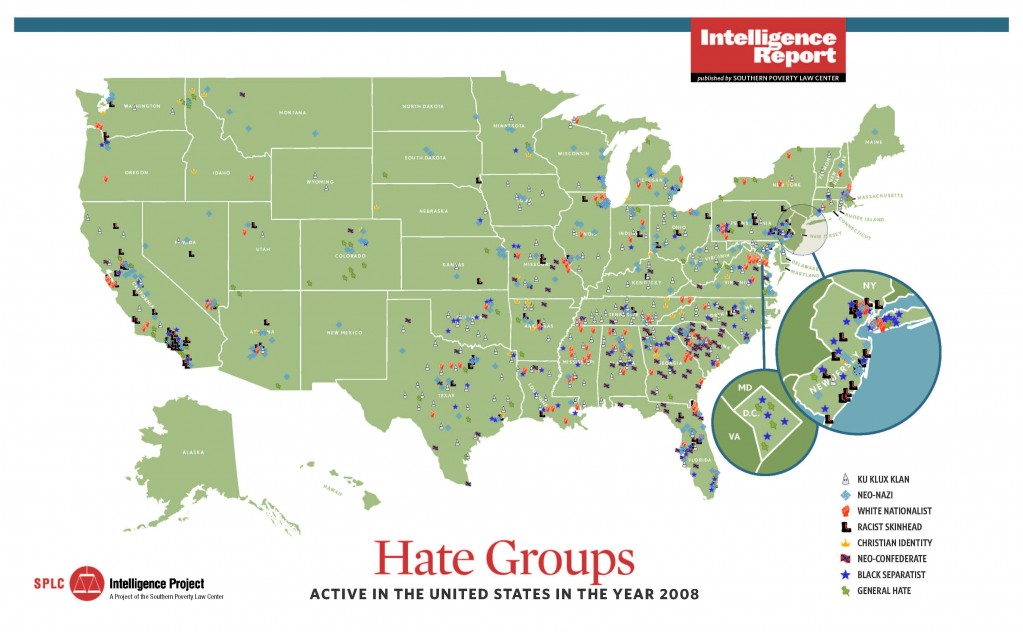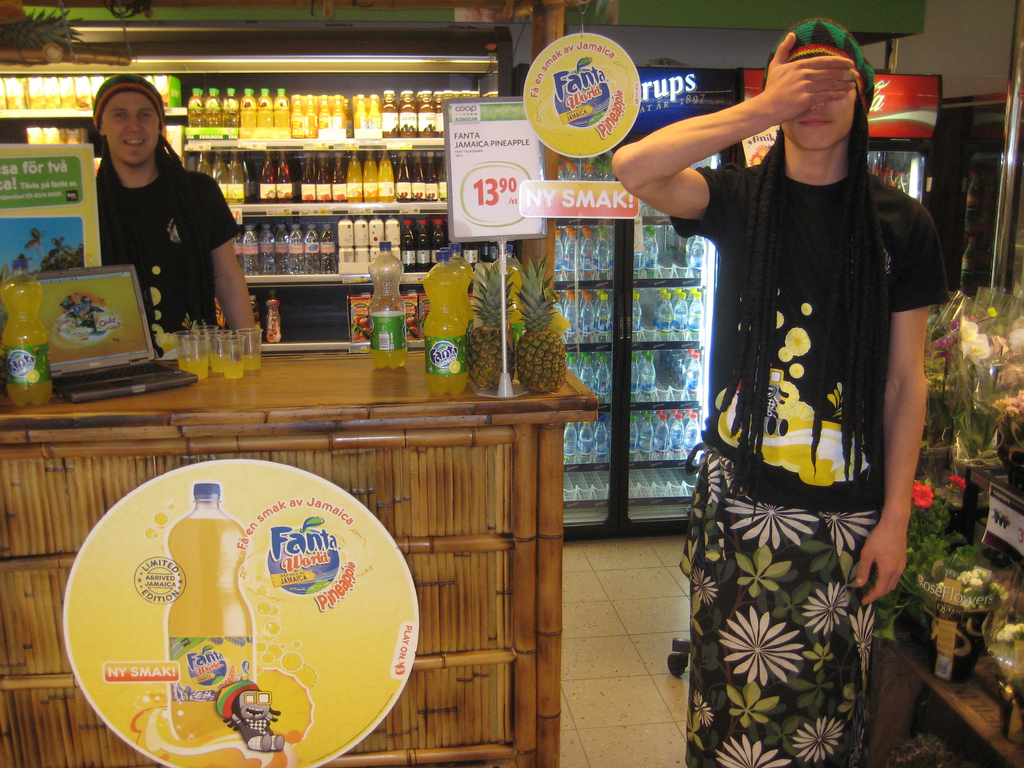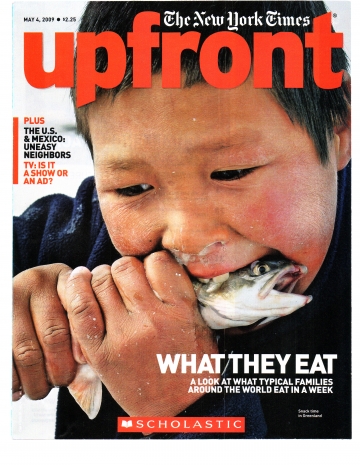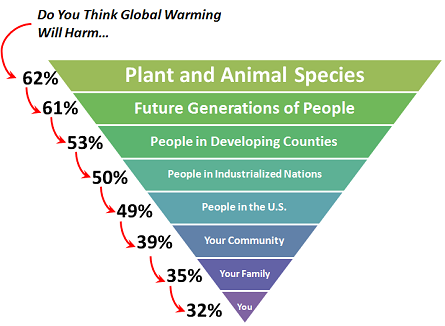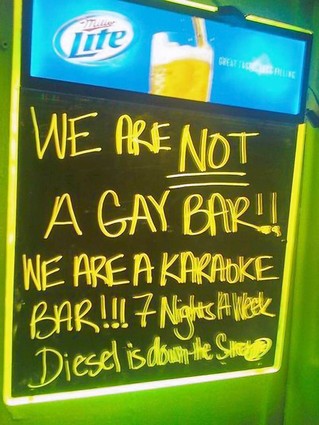The always-awesome Miguel, of El Forastero, sent in an interesting image and post from Puente Aéreo about an article in El Correo ridiculing a Peruvian congressional representative , Hilaria Supa, for her language skills. Supa represents the district of Cusco, an area where the majority of residents speak Quechua as a native language, not Spanish. The magazine ran an image on the cover that shows notes she was taking during a legislative session.
Just a disclaimer, the translations below are mine, not Miguel’s, so if they’re incorrect it’s my fault, not his; I read Spanish decently well and I gave it my best shot, but if you think I misinterpreted the meaning of something, by all means let me know. Nicely.
The caption under the photo on the El Correo website says, “Según la hoja de vida de Hilaria Supa, en 1991 impulsó la alfabetización de mujeres campesinas a través de la Federación de Mujeres de Anta (FEMCA),” which translates as, more or less, “According to the bio of Hilaria Supa, in 1991 she began a literacy campaign for rural women as part of the Women’s Federation of Anta”). Clearly the idea is to ridicule her–this woman claims to have worked on literacy issues for rural woman?
Some quotes from the online article:
… lo que descubrió una reveladora foto de Correo, sus limitaciones en cuanto a ortografía y sintaxis dejan mucho que desear. [“As shown in a revelatory photo by Correo, her orthography and syntax leave much to be desired.”]
Muchos años antes de ser elegida congresista, Hilaria Supa se desempeñó como empleada del hogar en el Cusco, Arequipa y Lima. [“Many years before her election to congress, Hilaria Supa was a house servant in Cusco, Arequipa, and Lima.”]
…su colega Martha Hildebrandt se quejó de sus destempladas protestas sobre un proyecto para declarar oficiales las lenguas aborígenes. “Miren los modales de estas niñas quechuahablantes”, comentó. [“Her colleague Martha Hildebrandta complained about her acrimonious (inharmonious?) protests about a project to declare indigenous languages official*. ‘Look at the manners of these childish Quechua-speakers,’ she said.”] *Apparently this refers to the fact that Supa and another indigenous representative spoke their swearing-in oath in Quechua instead of Spanish, the first officials in Peru ever to do so. Apparently this pissed people off even though Quechua is one of Peru’s two official languagues, along with Spanish.
The article also clearly implies that she doesn’t deserve to be in Congress, interviewing people about how political parties are supposed to serve as a filter to be sure that not just “anyone” can be elected.
Miguel says,
This picture is a clear statement of the white, Spanish-speaking (and male) [establishment] that opposes the participation of indigenous people (and women) in the government.
Indeed. Although Quechua is an official language of Peru, and even though large segments of the population do not speak Spanish as their native language and there is no requirement that they do so, the message here is clear: attempts to redefine the political establishment in Peru so that indigenous communities can participate more fully on their own terms (as opposed to being forced to completely assimilate to non-indigenous, Spanish-speaking Peruvian culture as a requirement for respect) do not deserve a place in public life.
NOTE: Sigh. After reading everything in Spanish and translating the above sections into English, both of which made my brain hurt, it finally occurred to me to see if any English-language blogs or media outlets have discussed the article and provided translations. Yes, they have. Google “Hilaria Supa Peru” and several items will come up. Then I just felt dumb, but since I have papers to grade and no time to redo it, I’m just leaving my translations and hoping for the best. You might want to check out some other English-language sites for more discussion.
Gwen Sharp is an associate professor of sociology at Nevada State College. You can follow her on Twitter at @gwensharpnv.


